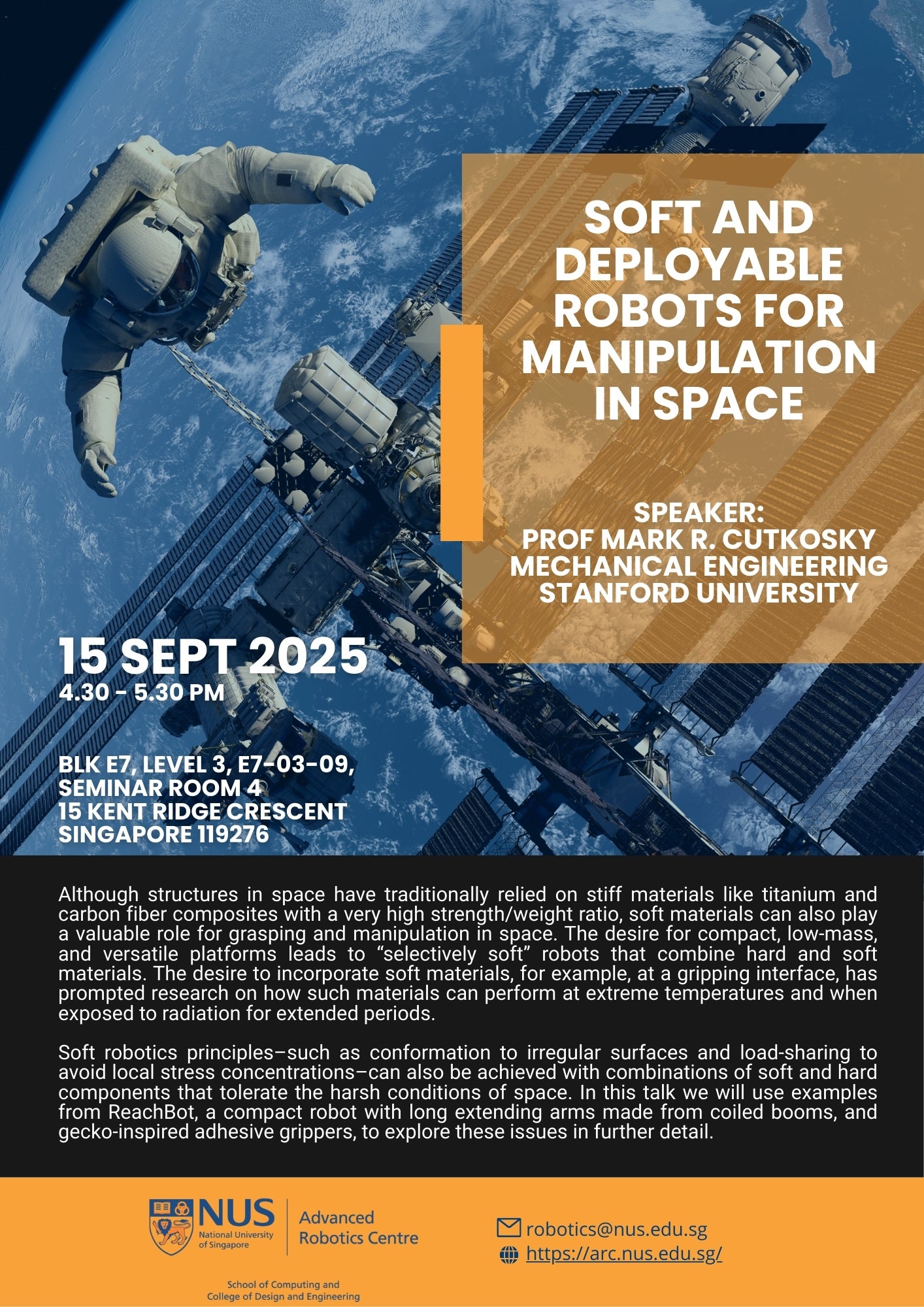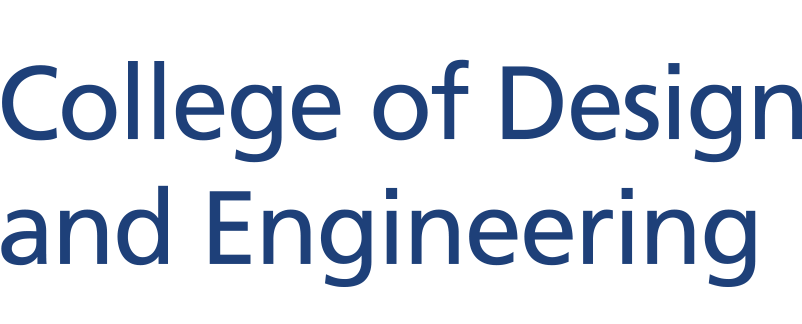Although structures in space have traditionally relied on stiff materials like titanium and carbon fibre composites with a very high strength/weight ratio, soft materials can also play a valuable role for grasping and manipulation in space. The desire for compact, low-mass, and versatile platforms leads to “selectively soft” robots that combine hard and soft materials. The desire to incorporate soft materials, for example, at a gripping interface, has prompted research on how such materials can perform at extreme temperatures and when exposed to radiation for extended periods. Soft robotics principles–such as conformation to irregular surfaces and load-sharing to avoid local stress concentrations–can also be achieved with combinations of soft and hard components that tolerate the harsh conditions of space. In this talk, we will use examples from ReachBot, a compact robot with long extending arms made from coiled booms, and gecko-inspired adhesive grippers, to explore these issues in further detail.
About the Speaker
 |
Mark R. Cutkosky is the Fletcher Jones Professor in the Mechanical Engineering Department at Stanford University. He joined Stanford in 1985, after working in the Robotics Institute at Carnegie Mellon University and as a design engineer at ALCOA, in Pittsburgh, PA. He received his Ph.D. from Carnegie Mellon University in 1985. He is a fellow of ASME and IEEE and an IEEE RAS Pioneeer in Robotics and Automation.
Cutkosky’s research activities include robotic manipulation and tactile sensing and the design and fabrication of biologically inspired robots. |



